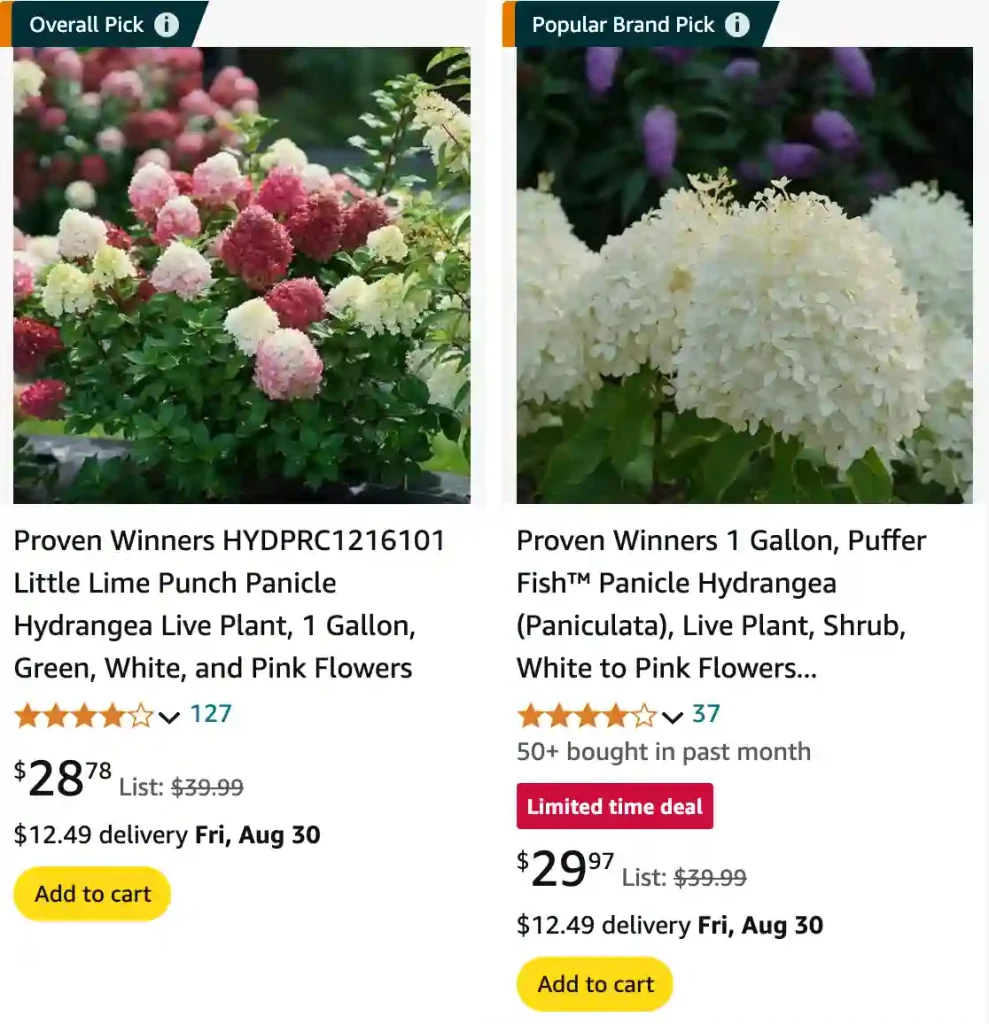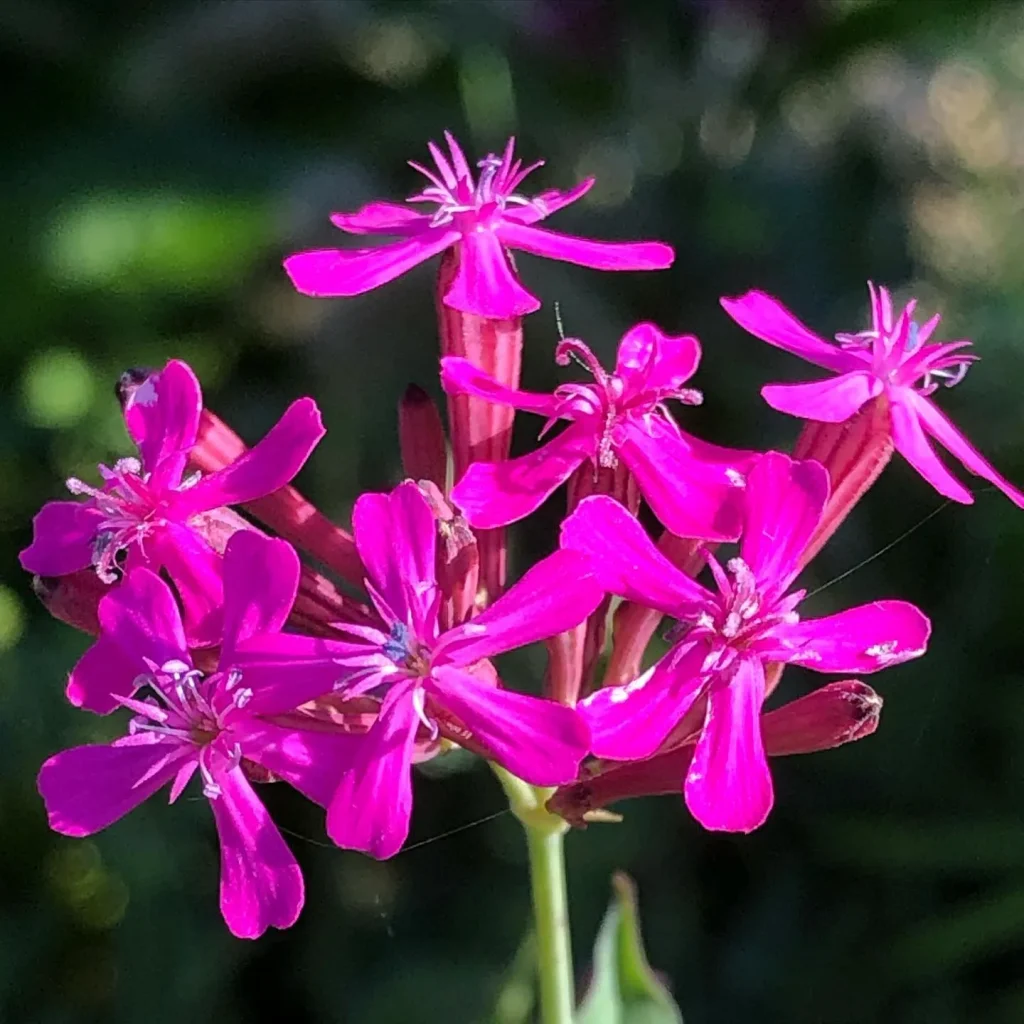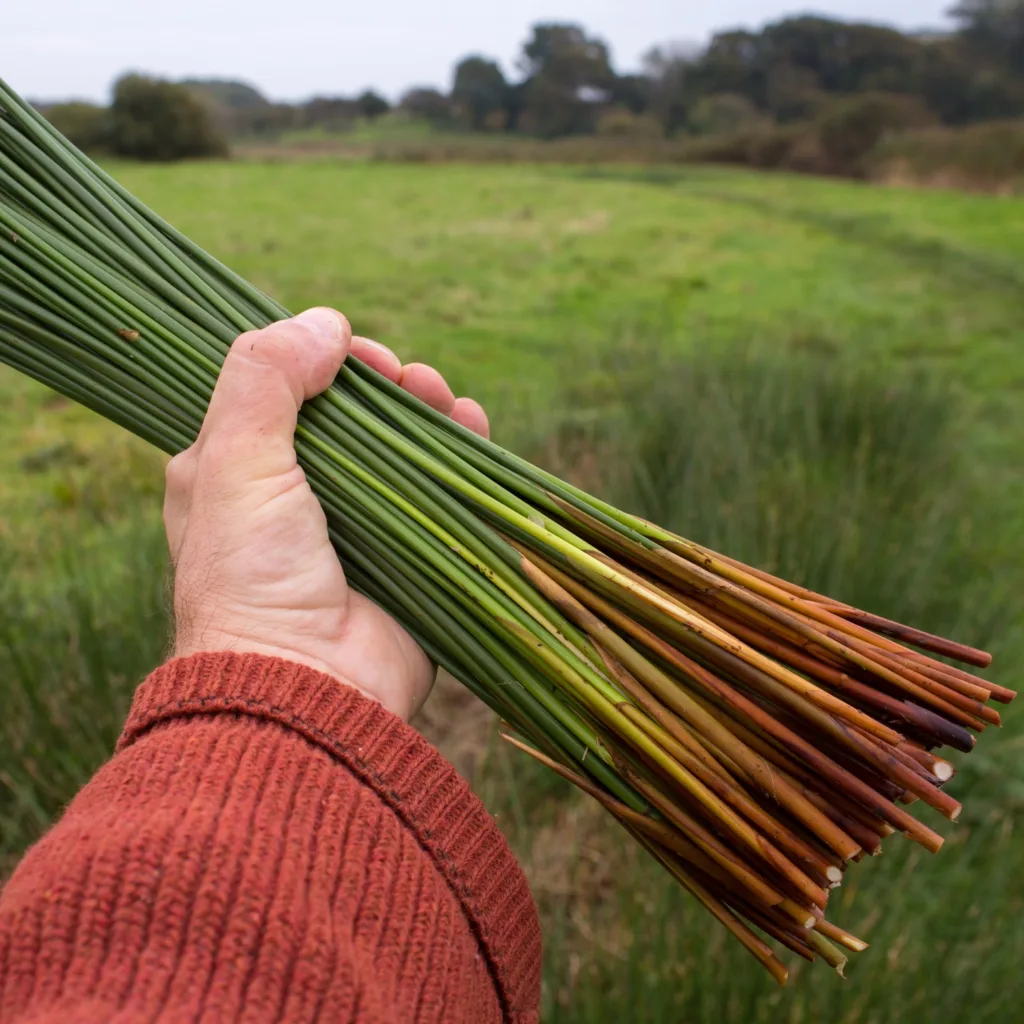
FAQs About Panicle Hydrangea
When I first delved into the world of Panicle Hydrangeas, I had a lot of questions. This article aims to address the most common queries and share what I’ve learned about these beautiful plants.
100 Species in Genus Hydrangea
What is a Panicle Hydrangea?
Panicle Hydrangeas, known scientifically as Hydrangea Paniculata, are a popular group of flowering shrubs. They are recognized for their large, cone-shaped flower clusters, which can range from creamy white to pink or red as they mature. What sets them apart from other hydrangeas is their adaptability to various soil conditions and climates. They typically bloom from mid-summer to fall, providing a striking display in gardens during the latter part of the growing season.
How to Care for Panicle Hydrangea?
Caring for Panicle Hydrangeas is relatively straightforward. Here’s what I’ve found works best:
- Sunlight: These plants thrive in full sun to partial shade. A spot with morning sun and afternoon shade is ideal.
- Soil: They prefer well-draining soil. Adding organic matter can improve soil structure and drainage.
- Watering: Regular watering is essential, especially during dry spells. However, they don’t like soggy soil, so ensure good drainage.
- Fertilizing: I use a balanced, slow-release fertilizer in early spring to promote healthy growth and blooming.
- Mulching: Applying mulch helps retain soil moisture and suppress weeds.
When to Prune Panicle Hydrangea?
Pruning Panicle Hydrangeas is best done in late winter or early spring before new growth begins. I usually wait until the end of February or early March, depending on the weather. This timing ensures that the plant has time to recover before the growing season starts. Pruning in early spring helps remove dead or damaged wood and promotes a healthier plant with more vigorous blooms.
How to Prune Panicle Hydrangea?
To prune Panicle Hydrangeas, follow these steps:
- Remove Dead Wood: Start by cutting out any dead or damaged branches.
- Shape the Plant: Thin out crowded areas to improve air circulation and light penetration.
- Cut Back: For a more compact plant, cut back the previous year’s growth to a pair of healthy buds. This encourages a more manageable size and promotes stronger blooming.
How to Propagate Panicle Hydrangea?
Propagation of Panicle Hydrangeas can be done through several methods:
- Cuttings: Take softwood cuttings in late spring or early summer. Dip the cuttings in rooting hormone and plant them in a well-draining potting mix. Keep the cuttings moist and in a warm, shaded area until they root.
- Layering: Bend a low-growing branch to the ground, cover it with soil, and keep it moist. Once roots develop, you can sever the new plant from the parent.
Where to Buy Panicle Hydrangea?
You can purchase Panicle Hydrangeas from local garden centers, nurseries, or online plant retailers. I’ve had good experiences with reputable online stores that specialize in hydrangeas. Always check for plant health and read reviews before buying.
Are Panicle Hydrangeas Perennial?
Yes, Panicle Hydrangeas are perennial. They come back year after year, often growing larger and more robust as they mature. Their long blooming period and hardy nature make them a favorite in many gardens.
How Big Does a Panicle Hydrangea Get?
Panicle Hydrangeas can vary in size depending on the variety. On average, they can grow between 6 to 8 feet tall and wide. Some dwarf varieties may only reach 3 to 4 feet in height, which can be ideal for smaller gardens or containers.
Panicle Hydrangea vs. Endless Summer
The Endless Summer Hydrangea is known for its ability to bloom on both old and new wood, making it a reliable choice for consistent blooms. In contrast, Panicle Hydrangeas generally bloom only on new wood. While Endless Summer has a more rounded, mophead flower, Panicle Hydrangeas have a distinctive cone shape. Both are beautiful, but their bloom patterns and shapes are quite different.
Panicle Hydrangea vs. Limelight
Limelight Hydrangea is a variety of Panicle Hydrangea with lime-green blooms that turn pinkish as they age. It’s a standout for its unique color transition and slightly different growth habit compared to other Panicle varieties. Both are great for adding interest to the garden, but Limelight has a more pronounced color change.
Panicle Hydrangea vs. Annabelle
The Annabelle Hydrangea is a type of Smooth Hydrangea with large, globe-shaped blooms that are white. Unlike Panicle Hydrangeas, which have cone-shaped flowers, Annabelle blooms are more rounded. Annabelle also prefers more shade and has a different bloom pattern.
Panicle Hydrangea vs. Oakleaf
Oakleaf Hydrangeas have deeply lobed leaves resembling oak trees and produce large, conical flower clusters. They are more tolerant of drought and can handle more shade compared to Panicle Hydrangeas. The key differences lie in their leaf shape and bloom structure, with Oakleaf having a more dramatic foliage display.
Do Deer Eat Panicle Hydrangea?
Deer generally avoid Panicle Hydrangeas, as their taste is less appealing to them compared to other plants. However, in areas where deer are very hungry, they might nibble on them. I’ve found using deer repellents or physical barriers can help keep these beautiful shrubs safe.
What to Plant With Panicle Hydrangea?
Pairing Panicle Hydrangeas with other garden plants can enhance your garden’s visual appeal. I recommend planting them alongside ornamental grasses, hostas, or shade-loving perennials. Their height and structure provide a nice backdrop for lower-growing plants and add texture to the garden.
Is Panicle Hydrangea Toxic?
Panicle Hydrangeas are generally considered non-toxic to humans and pets. However, it’s always best to keep pets from nibbling on garden plants, as ingestion of large quantities of any plant material can cause digestive upset.
Benefits of Panicle Hydrangea
The benefits of growing Panicle Hydrangeas are numerous. They are versatile, offering beauty in various garden settings with their large, showy blooms. They are also relatively easy to care for and adapt well to different soil types and climates.
Common Problems with Panicle Hydrangea
Common issues include leaf spot diseases, powdery mildew, and pests like aphids or spider mites. Ensuring good air circulation and proper care can minimize these problems. Regular inspection and prompt treatment can help keep these issues under control.
I hope this guide helps you better understand and care for Panicle Hydrangeas. They are a fantastic addition to any garden, offering vibrant blooms and a rewarding gardening experience.
If i die, water my plants!



